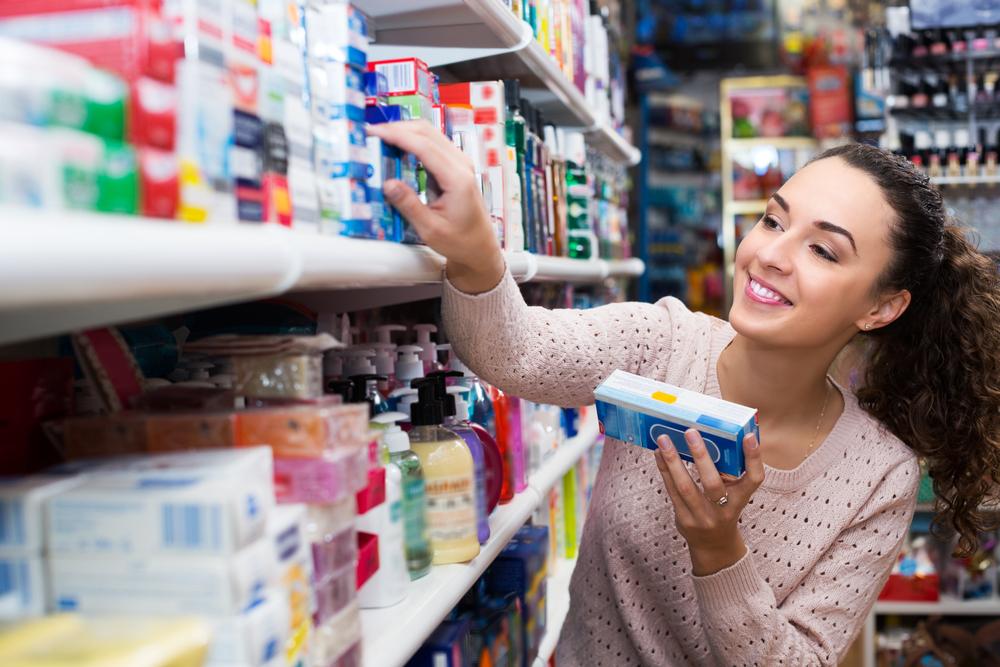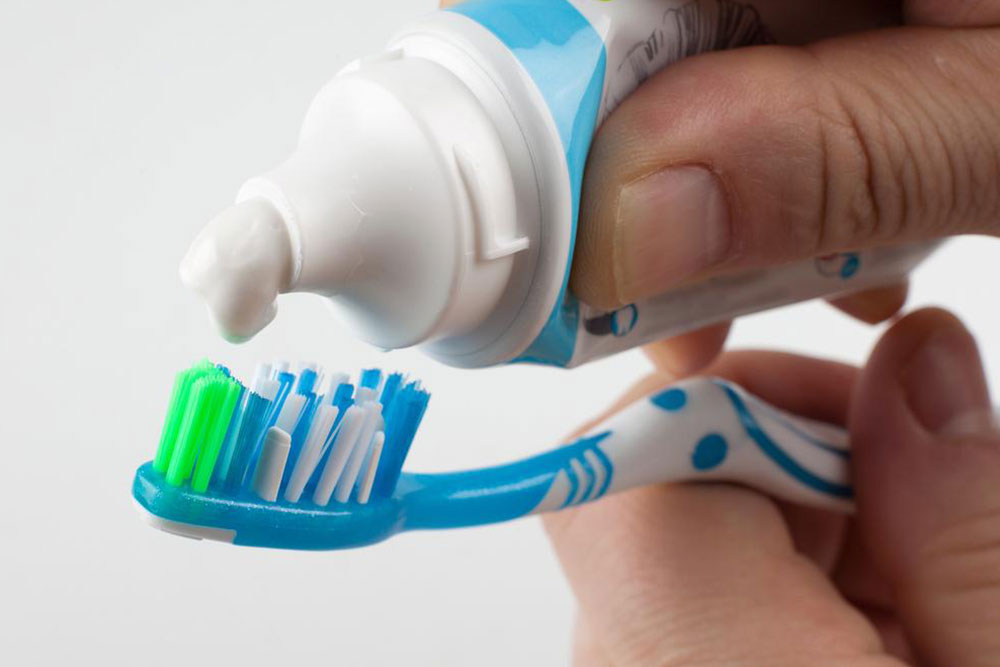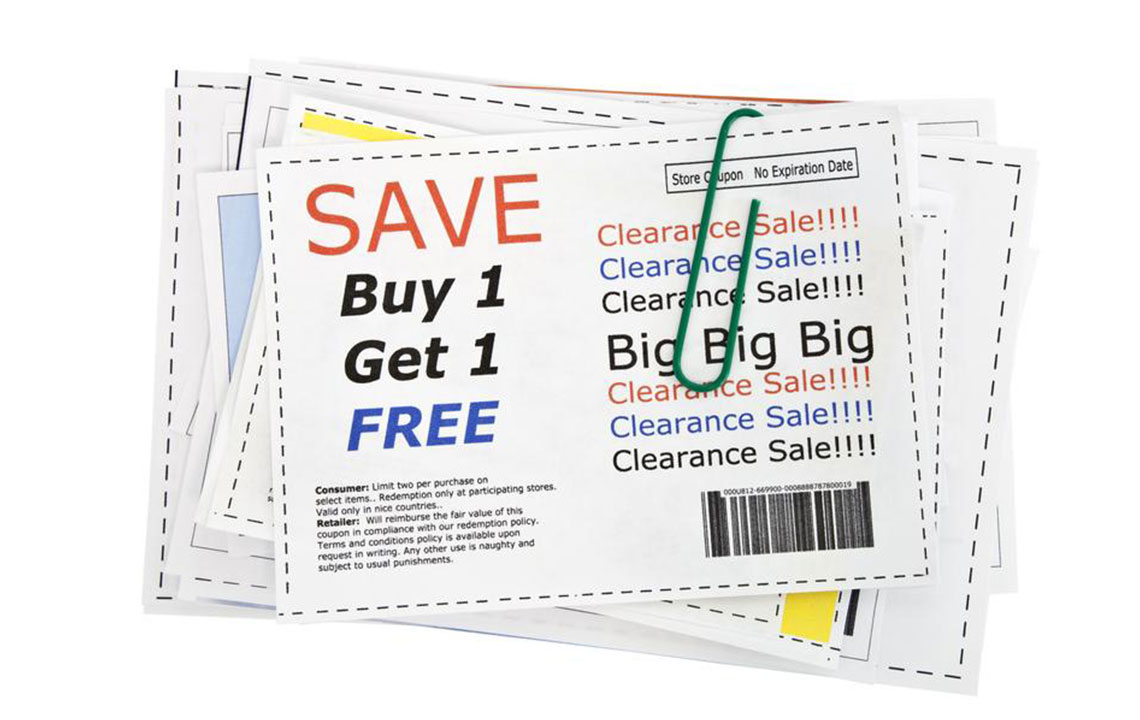Exclusive Discounts on Toothpaste for Domestic Buyers
Discover how domestic consumers can save on toothpaste through various discounts, coupons, and promotional offers. Learn about different types of coupons, where to find them, and how they influence purchasing behaviors. This guide explains marketing tactics used by brands, benefits of insurance integrations, and tips for maximizing savings on personal care products, ensuring consumers make informed decisions and enjoy significant discounts.

Special discounts available for customers purchasing toothpaste within the country
In an effort to support consumers in saving money on healthcare and household essentials, pharmacy and grocery discount coupons have been introduced. These special offers are provided by select pharmacies with the guidance of healthcare professionals. Customers can now easily purchase medicines and personal care items, including toothpaste, online through various platforms.
These coupons cover a range of products such as treatments for chronic conditions, migraines, allergies, and common household items like toothpaste, ointments, moisturizers, and fragrances. Marketers often promote these prescribed medicines, making them accessible at reduced costs, aiding consumers in managing healthcare expenses effectively.
Medical representatives frequently promote popular medications directly to consumers. Patients often look for remedies advertised in newspapers or radio broadcasts for various ailments. If the dentist recommends switching your toothpaste due to mouth ulcers or discoloration, it’s the ideal moment to utilize pharmacy and grocery discount coupons available at local stores or online.
Let’s understand how these coupons operate.
How do toothpaste brands market through discounts?
Brand companies engage in direct marketing by creating consumer demand.
Discount coupons are used as incentives to attract buyers.
They help level the competitive playing field by offering benefits that motivate purchases.
Household item coupons, such as for toothpaste, brushes, or floss, do not carry insurance guarantees if problems occur.
Types of pharmacy coupons
Some coupons are digitally generated by customers on computers or mobile devices.
Generic medicine manufacturers provide coupons via insurance collaborations, mainly for generic products.
Expiring products, such as tablets with a 10-day shelf life, are not typically discounted heavily just to clear stock.
Be cautious of unregulated discount coupons for generic items, including toothpaste and toothbrushes.
Categories of discount offers for groceries and pharmaceuticals
Various coupons include instant savings, free trials, or percentage-based discounts.
Prescription bills can sometimes fetch discounts of up to 75% via discount cards.
Coupons are also tailored for economically disadvantaged individuals.
Specific toothpaste brands may be subsidized temporarily through promotional coupons.
Small pharmacy expansions utilize discount marketing strategies.
Insurance plans like Medicare offer benefits to cover medicine or household needs in partnering pharmacies.
Products frequently featured with discounts
Skin care and dermatological products
Eye care products
Lifestyle medications, such as treatments for erectile dysfunction or baldness
Cosmetics, including creams, toothpaste, toothbrushes, and sanitary products
Popular discount sources
The GoodRx app, available for iOS and Android, is a top choice for comparing prices.
Grocery stores often honor coupons for specific toothpaste brands.
Insurance plans like Medicare or Star Plus provide coverage benefits.
In-store pharmacy coupons and online discount codes facilitate savings.
Online marketplaces categorize products for easy comparison and selection.
Why do coupons sell so rapidly?
They are powerful marketing tools and promotional tricks.
For example, a product costing $3 might be available at $2.30 with a coupon, masking its actual higher price.
Research indicates that 40-60% of consumers utilize pharmacy coupons without understanding the financial implications.
There’s ongoing competition between drug manufacturers and healthcare advisors concerning pricing strategies.
Medicare beneficiaries cannot use co-pay coupons but may qualify for assistance programs.









